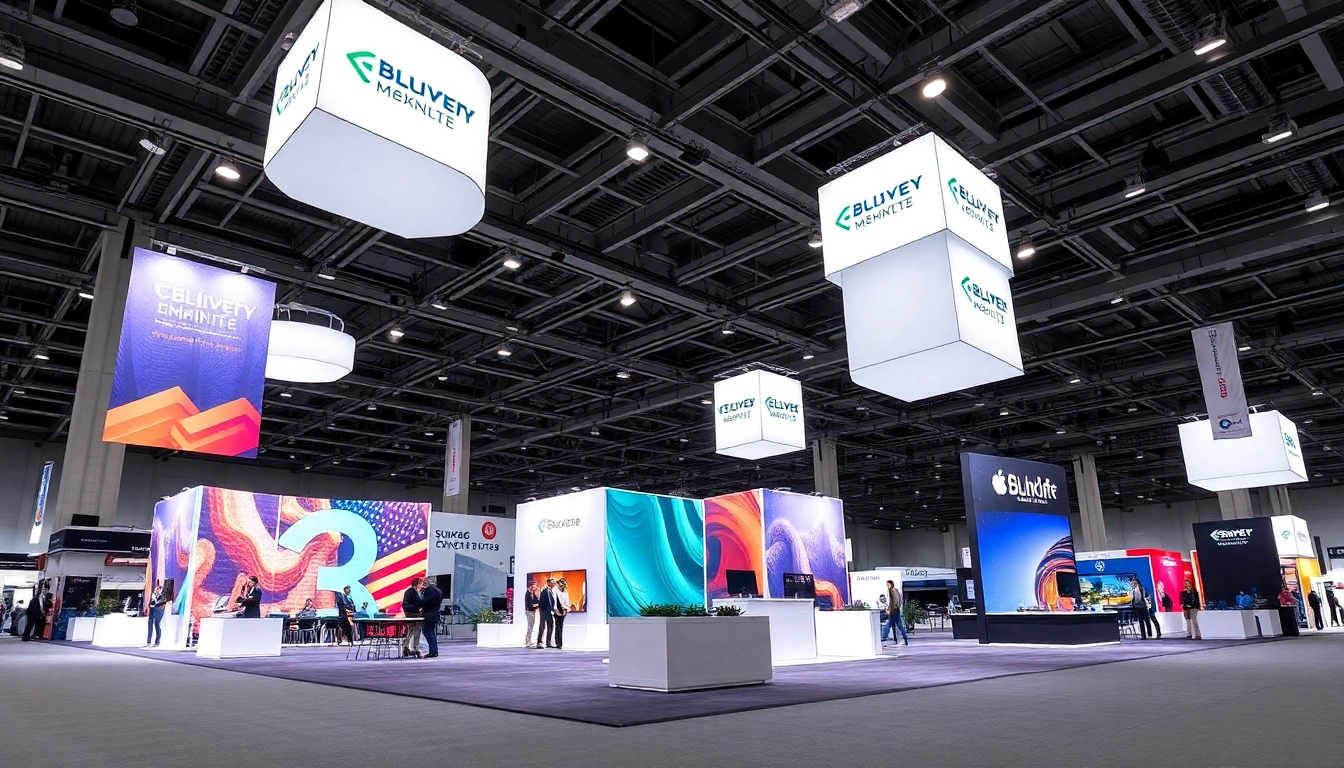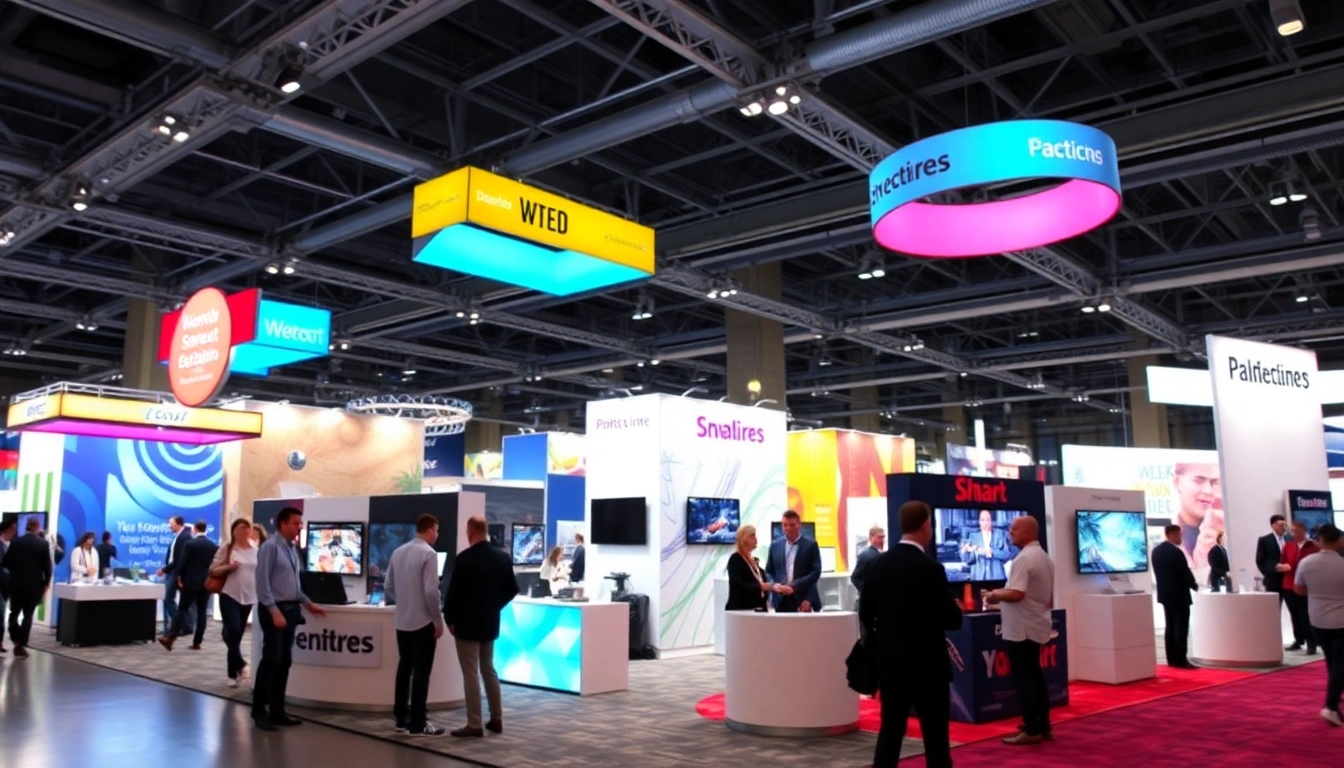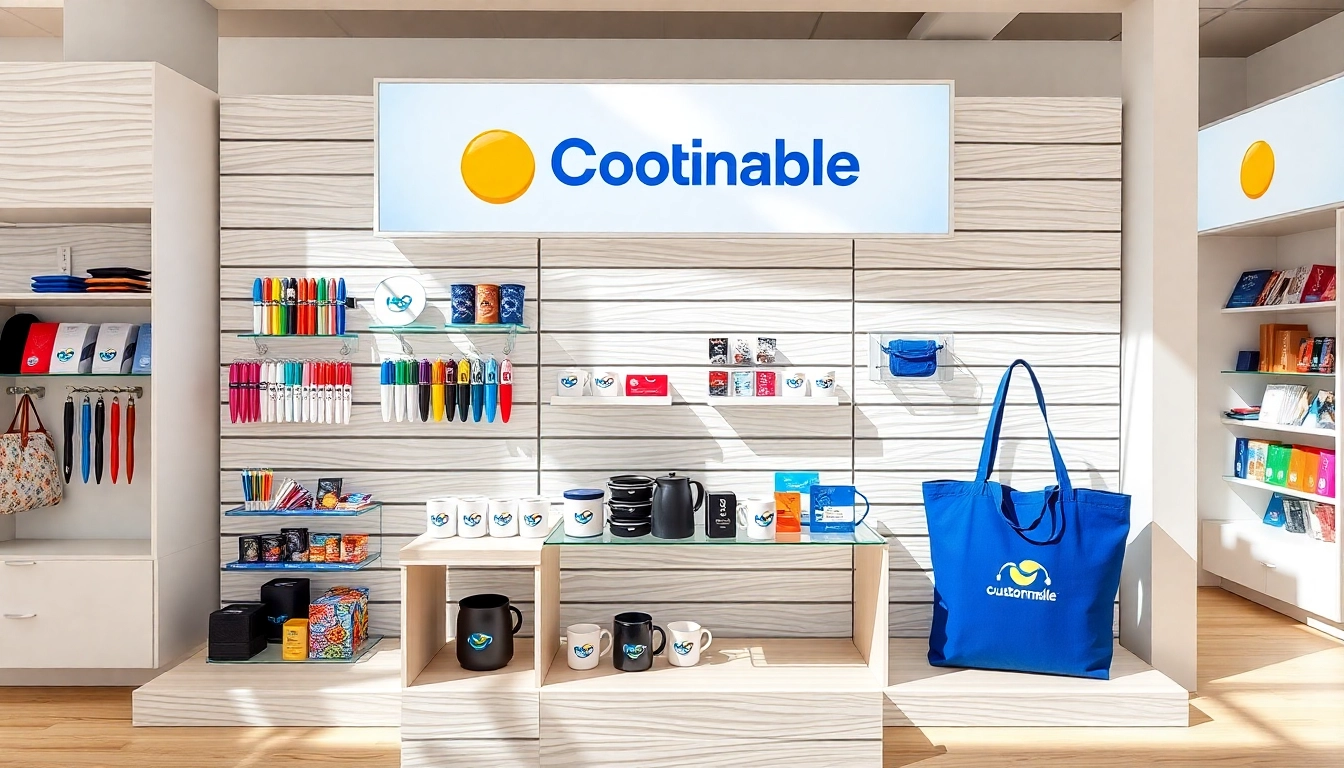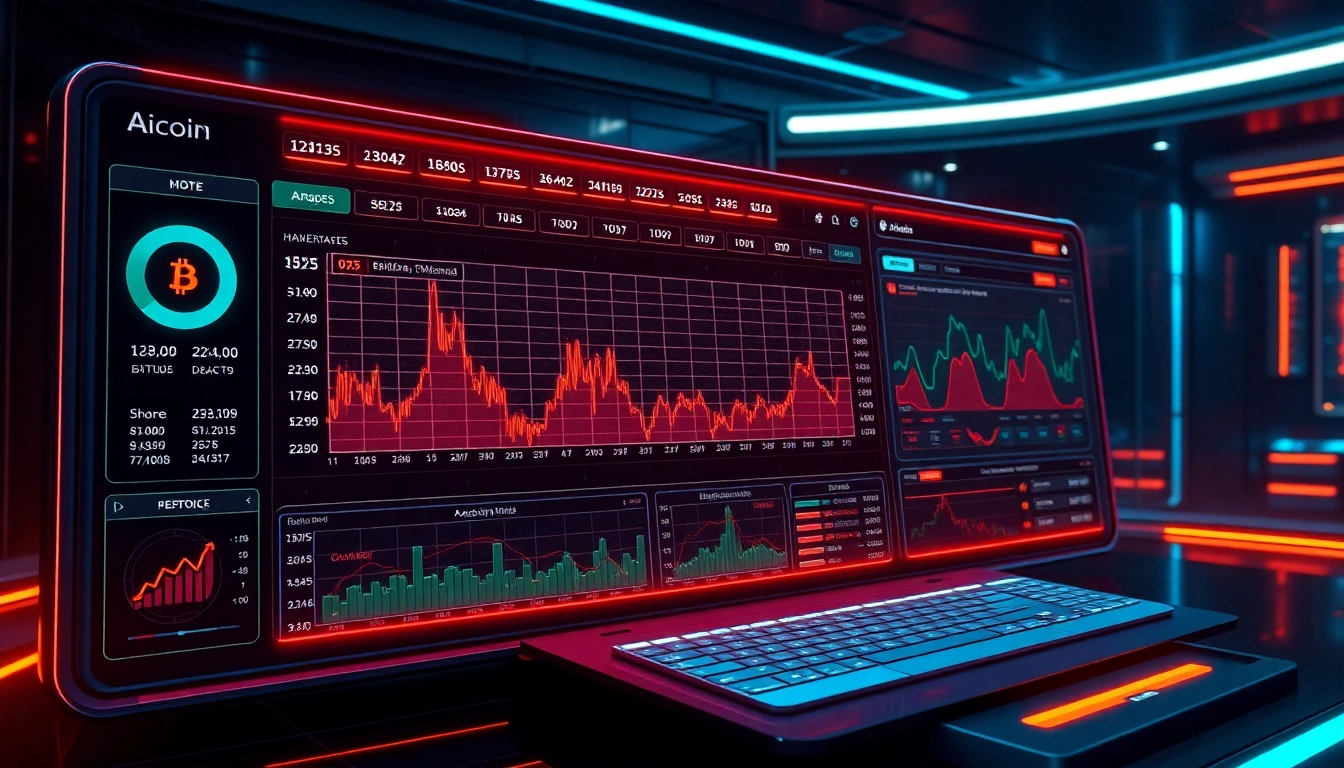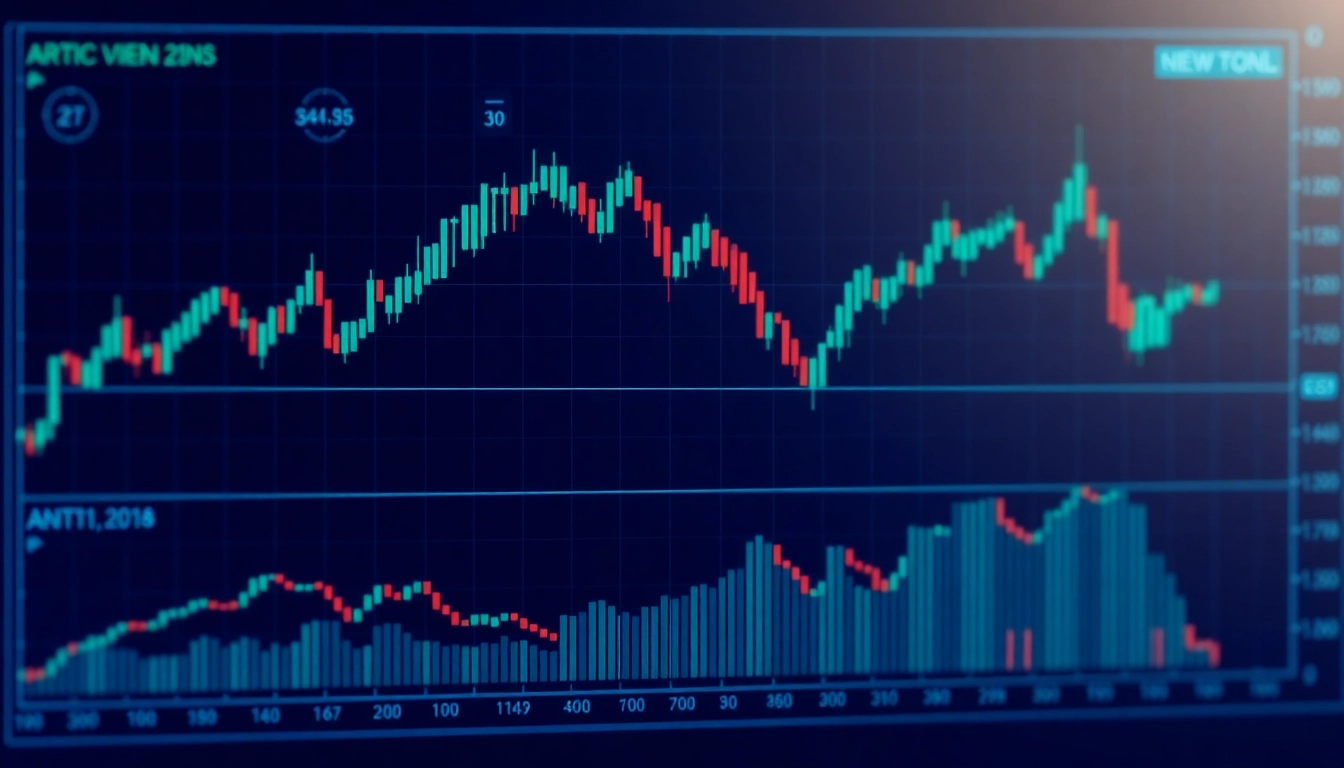Understanding the Critical Role of Tradeshow Displays in Your Brand Strategy
Trade shows, conventions, and expos are some of the most powerful opportunities to showcase your brand, generate leads, and foster meaningful connections with potential clients and partners. However, in the crowded and competitive environment of a trade show, the primary challenge lies in capturing attention and standing out from the multitude of other exhibitors. This is where tradeshow displays become an essential component of your marketing arsenal. An impactful display not only draws visitors in but also communicates your brand message quickly and effectively, leaving a memorable impression that can convert prospects into customers.
In today’s fast-paced marketplace, the visual appeal of your booth directly influences visitor engagement. Did you know that studies show that attendees decide in just seconds whether they will stop at a booth or pass by? This emphasizes the importance of a well-designed, professional, and eye-catching display. Effective trade show signage acts as an extension of your branding, conveying your unique value proposition at a glance, reinforcing your message, and ensuring your booth remains recognizable amidst the sea of competitors. Successfully leveraging trade show displays requires thoughtful planning, strategic design, and partnering with experienced providers who understand how to maximize your investment.
Types of Trade Show Displays and Their Unique Benefits
Choosing the right type of trade show display is fundamental to achieving your marketing objectives. Each display type offers distinct advantages tailored to specific goals, booth sizes, environments, or branding strategies. Here, we explore the most common categories of trade show displays and how they can be optimally utilized.
1. Modular and Custom Trade Show Displays
Modular displays are highly versatile and can be assembled into various configurations. They allow flexibility, reusability, and scalability, making them ideal for companies attending multiple events. Custom displays, on the other hand, are tailored to your exact specifications, branding, and spatial needs. Whether fully customized or modular, these displays can be designed to create immersive brand experiences that align with your marketing goals.
Benefits include:
- Maximum customization to fit your brand identity
- Reusability across different events and booth sizes
- Easy to transport and set up, thanks to lightweight components
- Enhanced credibility with professional-grade materials and visuals
2. Pop-Up and Portable Displays
Pop-up displays are renowned for their ease of setup and portability. They are lightweight, compact when packed, and can be rapidly deployed, making them perfect for last-minute decisions or smaller budgets. They often feature tension fabric graphics that stretch over a collapsible frame, producing a sleek and modern look.
Key advantages include:
- Quick assembly, often in under a minute
- Cost-effective for small-scale or temporary booths
- Ideal for companies involved in multiple events or traveling extensively
- Wide range of customizable graphic options for branding flexibility
3. Tabletop and Counter Displays
For companies with limited space or seeking to complement larger displays, tabletop booths and counters are excellent options. They serve as focal points for brand messaging or product demos without requiring a full-sized exhibit.
Advantages:
- Cost-effective and portable
- Allows for personalized messaging and product display
- Easy to integrate with larger booth setups or as standalone features
4. Backlit and Lightbox Displays
Lighting dramatically elevates your visual impact. Backlit displays incorporate illuminated panels to make graphics pop and attract attention even from afar. These are especially effective in dimly lit environments or when you want to emphasize create high contrast visuals.
Deep insights:
- Increase visibility and attract booth visitors from a distance
- Advanced LED technology ensures energy efficiency and long lifespan
- Can be customized with vibrant, high-definition graphics
5. Outdoor and Truss Systems
For outdoor expos or events with challenging environments, durable outdoor displays and truss setups ensure your branding remains effective regardless of weather conditions. These displays are wind-resistant, water-resistant, and designed for maximum durability.
Benefits include:
- Weatherproof materials for outdoor conditions
- Customizable sizes and configurations
- Ability to incorporate lighting, digital signage, and interactive elements
Summary
The proper selection of a trade show display depends heavily on your specific objectives, space constraints, and target audience. Planning ahead and understanding the unique benefits each type offers will enable you to craft a compelling presence that maximizes engagement and ROI.
Aligning Displays with Your Marketing Goals
Defining Clear Objectives
Before investing in any trade show signage or display solution, clearly identify what you aim to achieve. Common objectives include lead generation, brand awareness, product launches, or customer engagement. Your goals will influence your choice of display types, messaging focus, and the overall design of your booth.
Creating a Cohesive Brand Message
All visual elements—from banners, backdrops, to table covers—must reflect your brand identity. Consistent use of logos, color schemes, and messaging enhances recognition and leaves a lasting impression. For example, customized tablecloths can extend your branding to smaller detail areas, ensuring a unified look throughout your booth.
Leveraging Visual Hierarchy
Design your trade show displays with a hierarchy in mind—most important messages at eye level or on prominent backdrops, supporting information on secondary visuals. Use bold graphics, concise text, and compelling images to guide visitors’ attention effectively.
Integrating Digital Elements
Consider combining physical displays with digital media—interactive screens, videos, or QR codes. This hybrid approach enhances engagement, provides more detailed information, and allows for real-time data collection.
Case Study: Successful Brand Alignment
An example is a technology company that used a combination of large, high-impact backlit graphics showcasing the product benefits, paired with interactive digital demos. Their targeted messaging and visually appealing setup drew crowds, generated leads, and reinforced brand positioning. Such strategic alignment underscores the importance of tailoring displays to your marketing goals.
Design and Development of Impactful Tradeshow Displays
Key Elements of a Successful Trade Show Display
Creating an effective trade show display involves a blend of strong visual appeal, functional design, and brand consistency. Key elements include:
- Attention-Grabbing Graphics: Use high-resolution, vibrant visuals that communicate your core message instantly.
- Clear Messaging: Keep text concise, impactful, and aligned with your brand voice.
- Branding Consistency: Ensure colors, fonts, and logos match your overall branding standards.
- Structural Stability and Durability: Use high-quality materials that withstand logistics and repeated assembly/disassembly.
- Ease of Setup: Design for quick assembly to maximize your time onsite.
Choosing the Right Materials and Visuals
The longevity and visual impact of your display hinge on material choice. For indoor displays, lightweight aluminum frames with tension fabric graphics are popular for their ease and versatility. Outdoor displays require weather-resistant materials such as vinyl banners, water-resistant backdrops, and heavy-duty frames. Additionally, high-quality printing techniques ensure visuals remain sharp and fade-resistant under various conditions.
Custom vs. Pre-fabricated Solutions
Custom displays allow you to craft a unique booth that perfectly aligns with your branding and messaging. They can incorporate specific branding elements, innovative designs, and tailored functionalities. Pre-fabricated or modular booths provide a cost-effective, quick solution with minimal lead times and are ideal for companies seeking operational efficiency or flexibility.
Partnering with an experienced vendor, like On Display Signs, ensures the development of a display that meets your expectations and maximizes ROI through quality craftsmanship.
Implementation and Setup for Maximum Impact
Logistics and Setup Tips
Effective booth setup mitigates installation stress and enhances presentation. Begin with a detailed plan that includes floor layouts, graphic placement, and electrical needs. Use professional installation crews when possible, especially for large or complex displays, to ensure safety and precision.
Consider the flow of foot traffic—position key visuals where visitors’ eyes naturally fall and ensure your messaging guides visitors through your booth story. Labeling components and maintaining a setup checklist accelerates the process and reduces errors.
Engaging Visitors with Interactive Elements
Adding interactive components, such as touch screens, product demos, or virtual reality experiences, significantly increases visitor engagement. These tools not only attract attention but also provide opportunities for direct interaction and data collection.
Maintaining and Updating Displays Between Events
Trade show displays need to be maintained to ensure ongoing visual appeal. Regular cleaning, re-taping, or replacing graphics can keep your booth looking fresh. Digital elements should be updated periodically to reflect current promotions or product info. Modular displays facilitate quick updates—simply swapping out graphics or changing configurations as campaign goals evolve.
Quantifying Success and Continuous Improvement
Measuring Trade Show ROI Effectively
ROI measurement is crucial to justify your investment and optimize future efforts. Track metrics such as the number of leads generated, appointments scheduled, or sales conversions directly attributable to the trade show. Use tools like lead capture apps, QR codes, or badge scans to quantify engagement.
Gathering Visitor Feedback for Optimization
Solicit immediate feedback through surveys or digital questionnaires to understand visitor perceptions. Listening to their insights can guide modifications to booth design, messaging clarity, or exhibit features.
Leveraging Digital and Traditional Metrics
Combine digital analytics—such as engagement rates on digital displays or website traffic spikes linked to trade show activity—with traditional methods like direct interviews and lead quality assessments. Analyzing these comprehensive data sets allows for a nuanced understanding of your trade show performance, informing strategic improvements.
Partnering with Professionals for Trade Show Success
Choosing a Reliable Signage Vendor
Partnering with an experienced provider like On Display Signs ensures your trade show signage aligns with industry best practices. Their team offers end-to-end services including design, manufacturing, and setup, simplifying the entire process and reducing logistical hurdles.
Benefits of Dedicated Project Management
A dedicated project manager shepherds your project from inception through execution, providing expert guidance, timeline management, and quality control. This proactive approach minimizes delays, ensures consistency, and allows you to focus on your core business activities. Case studies demonstrate how such partnerships lead to impactful exhibits and successful campaigns.
Case Studies of Successful Trade Show Campaigns
One illustrative example includes a trade show in Louisville where a client partnered with On Display Signs to develop a fully customized booth with backlit graphics, interactive kiosks, and branded canopy tents. The strategic integration of visual elements attracted triple the usual foot traffic, and follow-up surveys indicated a significant increase in lead quality. Such success stories underline the importance of professional collaboration and tailored solutions.
